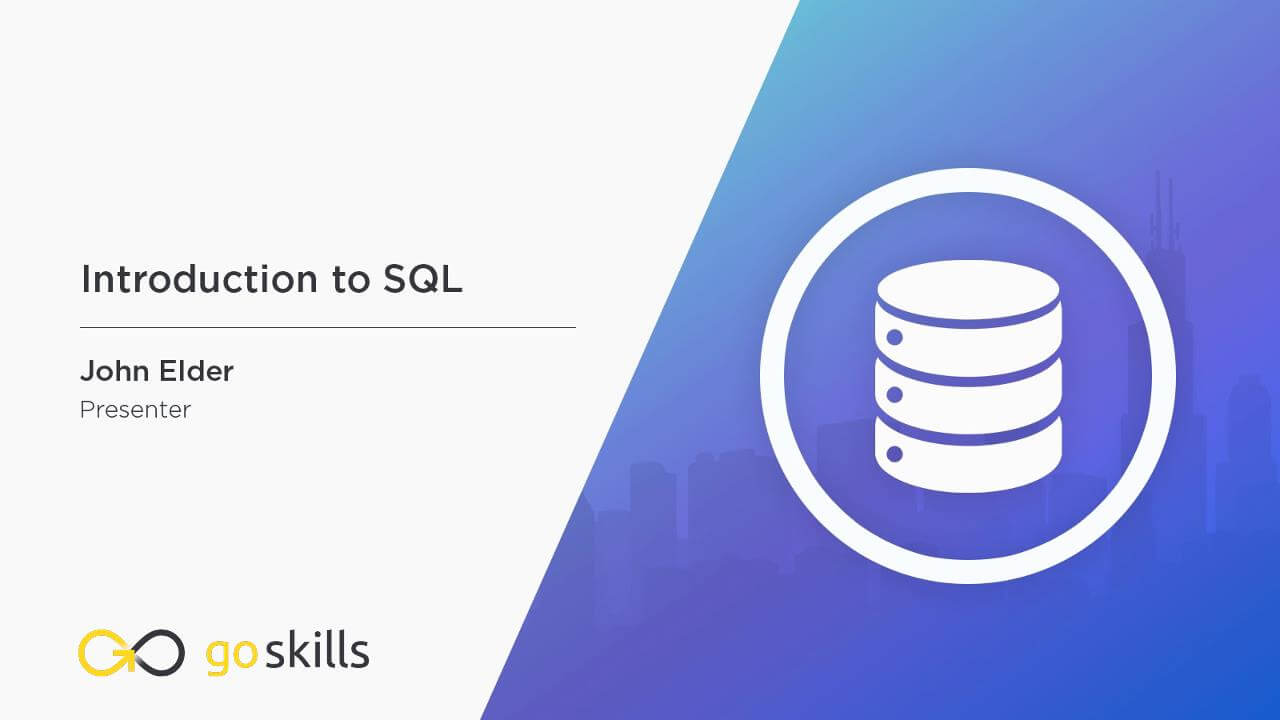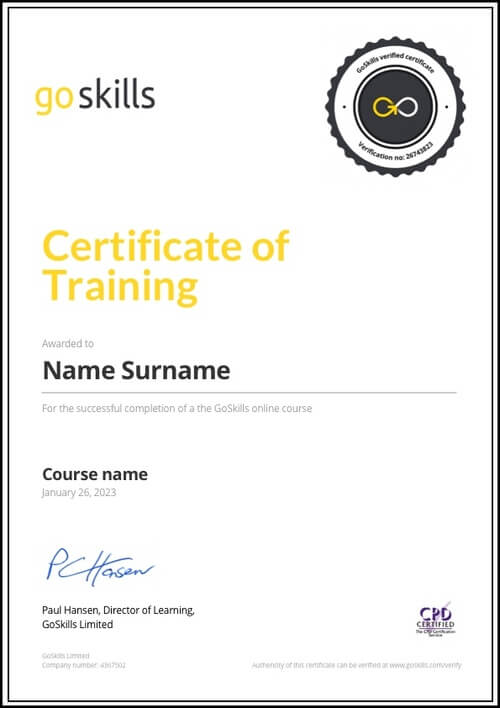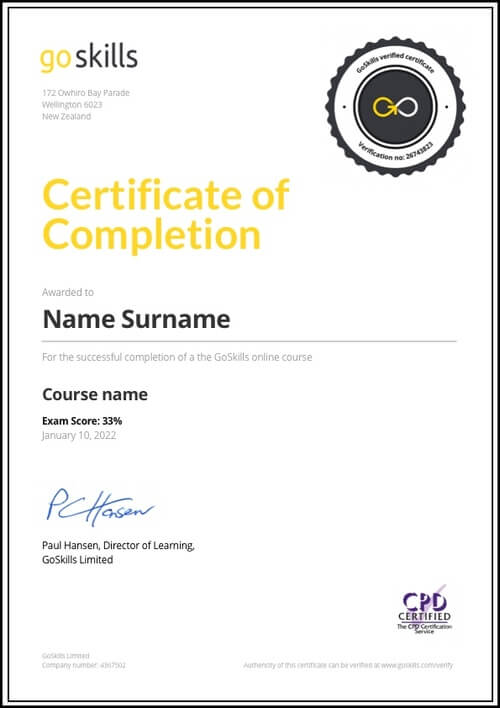Features
Premium video tutorials
Award-winning instructors
Personalized learning
Get certified
Learn at your own pace
Mobile (learn on-the-go)
Unlimited tests and quizzes
Regularly updated content
Overview
SQL is the world's most widely used programming language for database management, an essential skill for back-end web development and data analytics. Designed for beginners, this Introduction to SQL course will give you the foundation you need to get started with Structured Query Language in Microsoft SQL Server, through hands-on application and examples.
By the end of the course you will have a practical understanding of how to set up and connect to a server, create databases and tables, insert and update data, and create and filter queries to get the valuable insights you need.
In this course we are using Microsoft SQL Server's T-SQL, but you will be able to apply most of what you learn to many other databases such as MySQL, PostgreSQL, Oracle and more.
Highlights:
- 33 practical tutorials.
- Understand the structure of databases with RDBMS concepts.
- How to set up Microsoft SQL Server and SQL Management Studio.
- Create a new database and add data to tables.
- Back up and restore your database to protect your data.
- Use a SELECT statement to retrieve data.
- Filter records with WHERE, AND, OR clauses.
- Arrange results with ORDER BY and GROUP BY clauses.
- Search within aggregate groups with HAVING clause.
- Calculate data with Count, Average, and Sum functions.
- Update and remove data with UPDATE and DELETE statements.
- Combine and join tables with JOIN clauses.
- Other SQL concepts such as subqueries, indexing and primary key.
Once enrolled, our friendly support team and tutors are here to help with any course related inquiries.

- 720p
- 540p
- 360p
- 0.50x
- 0.75x
- 1.00x
- 1.25x
- 1.50x
- 1.75x
- 2.00x
Summary
Instructor
Syllabus
Intro to Databases & SQL Free Lesson
1
What is a database?
We will discuss what a database is, the different types of databases and what they are used for
2
An Overview of SQL
3
RDBMS Concepts
4
Working With Data Types
Microsoft SQL Server & Management Studio Setup
1
Setting Up Microsoft SQL Server
We will install and setup Microsoft SQL Server
2
Setting Up Microsoft SQL Server Management Studio
We will install and setup SQL Server Management Studio.
3
Connecting to a Server
We will connect to a server and look at the Object Explorer
4
System Databases
5
Creating a New Database
We will create a new database within MS SQL Server 2016, and create a new table
6
Adding Data to a Table
We will add data to our Table
7
Backing Up & Restoring a Database
You will learn how to backup a database and how to restore a backup
Selecting & Filtering Data 1 Free Lesson
1
Simple SELECT Statements
2
WHERE Clause
3
AND & OR Clause
4
ORDER BY Clause
We will look at how we can sort returned data using the ORDER BY clause
5
GROUP BY Clause
We will look at how we can sort returned data using the GROUP_BY clause
Selecting & Filtering Data 2
1
HAVING Clause
2
TOP Clause
3
SELECT DISTINCT
4
UNION
5
Functions
Inserting, Updating & Deleting Data
1
INSERT Statement
2
UPDATE Statement
3
DELETE Statement
4
ALTER TABLE
Combining & Joining Multiple Tables Free Lesson
1
Aliases
2
INNER JOIN
3
OUTER JOIN
4
LEFT JOIN
5
RIGHT JOIN
Other SQL Concepts
1
Subqueries
2
Indexing
3
Primary Key
We will discuss the Primary Key and why it's so important


